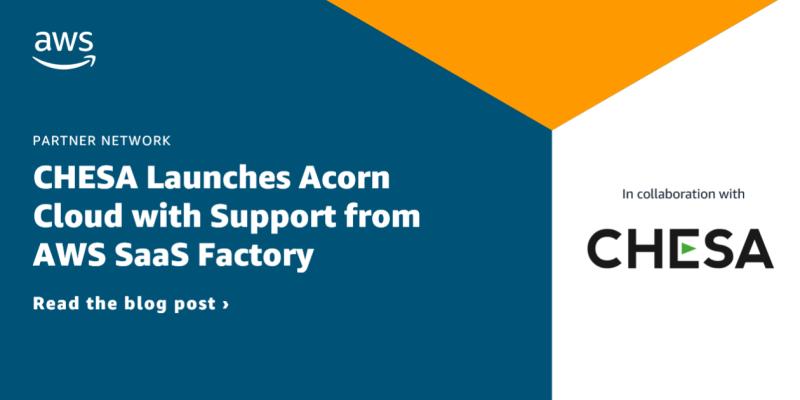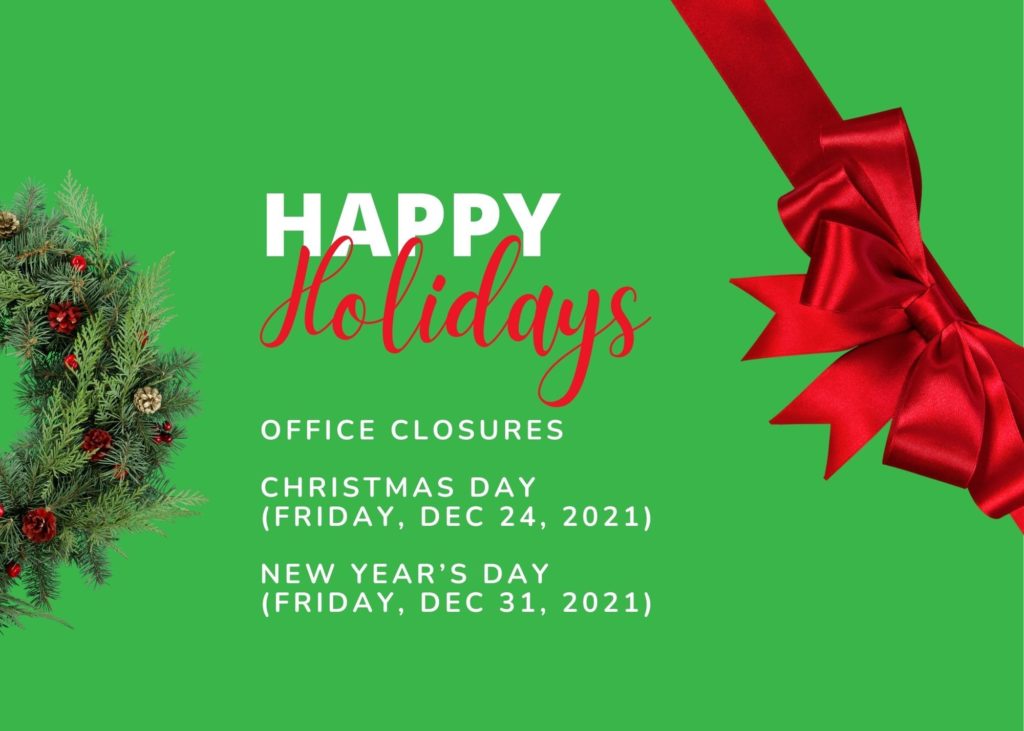With a media asset management solution, you are poised to harness the power of that system for enhanced workflows. Media asset management (MAM) focuses on the in-process files to create finished video projects. The management of media assets has the potential to be a pinch point in video production. Tagging and organizing files are often time-consuming processes, but taking shortcuts on the front end can dramatically reduce efficiencies downstream in production and postproduction.
Finding the right media asset management platform can transform workflows, saving time and money. Optimized workflows are a win for everyone. Creatives spend more time in the zone doing the work they love, production studios benefit from improved efficiency and reduced costs, and clients benefit from getting high-quality video in a shorter time to market.
These tools help teams realize efficiencies throughout the entire process.
- Ingesting assets is a time-consuming process. Media asset management solutions can automate the ingest process, saving time, reducing errors, and improving consistency. File transfer, format conversion, metadata extraction, tagging, and distribution can all be automated. Many systems support camera-to-cloud capabilities.
- Many media asset management systems feature Artificial Intelligence and machine learning and can look inside and add tags and keywords. Automating metadata tagging reduces time-consuming manual entry and improves the consistency of tagging.
- MAM systems hypercharge search and retrieval. Creatives can quickly find current, approved assets. Creatives won’t waste time recreating misplaced assets or reworking because the wrong version was used.
- Multiple creatives can access project files and assets with all media stored in a centralized location.
- Automation streamlines workflows and allows team members to focus on creative aspects of the project, enhancing quality.
- Remote editing and proxy-based workflows allow true cloud operations.
- Review and approval workflows enhance communication and reduce errors. Notes, feedback, suggested revisions, and approvals are not lost in emails or secondary communication channels.
Paving the Way for Organizations to do Media Operations in the Cloud
There was a first wave of migrating to the Cloud during the COVID pandemic, and the innovations that many firms implemented have become the new norm.
There are many benefits to moving towards cloud-based production. It’s scalable, allowing studios to scale up or down to meet demand. Instead of costly investments in infrastructure and information technology, your studio has access to some of the most powerful systems in the world. Talent from all over the world can collaborate in real time.
The innovations are here to stay, and more and more organizations are implementing media operations in the Cloud. If you think cloud-based media operations are suitable for your team, here are a few things to consider:
- Organized assets pave the way to implement cloud-based operations.
- Migrating media operations to the Cloud can be daunting. There are many options out there. Finding the right level of service is essential. Some may be too powerful and costly, while others won’t deliver your organization’s desired outcomes. The most cost-effective system will meet your needs without overdelivering.
- Bringing decision-makers to the table is essential but consider casting a wider net. Including employees early in the process will enhance the success of your migration to cloud media services.
- Innovations are always in the pipeline. Finding the right partner will allow you to collaborate and innovate workflows as new features become available.
At CHESA, successful migrations require a client-focused discovery process. In discovery, we seek to understand your company’s and your team’s goals. Ideally, your goals are specific and measurable and tied to addressing your company’s challenges. We’ll help you articulate the “why” behind your vision. You may be seeking to grow without a brick-and-mortar investment. Perhaps you need access to global talent.
A shared understanding of your company’s unique goals is essential to the process. Still, there are other considerations, including the scope of your plan and your organization’s capacity and readiness. We will look at your workflows, your tech, and your people. We will collaborate with you to engage your team and plan for change management.
Your team won’t be squeezed into a poor-fitting solution. Our cloud-based operation services are designed around your needs, whether fully remote or hybrid. We’ll also be there after the migration because a well-trained and supported team is critical in unlocking workflow efficiency.
Contact Us Today
From capture through delivery, CHESA designs, builds, integrates, and supports media workflow solutions with industry-leading technologies to create highly efficient systems that achieve our client’s business objectives. We are strategic partners and take a consultative approach.
Contact us today to find out more about cloud-based media operations.

















